The Renaissance of Magic: How Occult Philosophy Shaped the 15th-16th Centuries in Europe
During the 15th-16thc. in Europe, many of the great occultists - Marsilio Ficino, Pica della Mirandola, Henry Cornelius Agrippa, and John Dee - flourished.

Mysticism involves attempting to communicate with or directly experience the divine. Monks and nuns have often used meditation and prayer to induce mystical states but it can also involve esoteric practices like kabbalah. Read articles about mysticism below.
Mysticism involves attempting to communicate with or directly experience the divine. Monks and nuns have often used meditation and prayer to induce mystical states but it can also involve esoteric practices like kabbalah. Read articles about mysticism below.
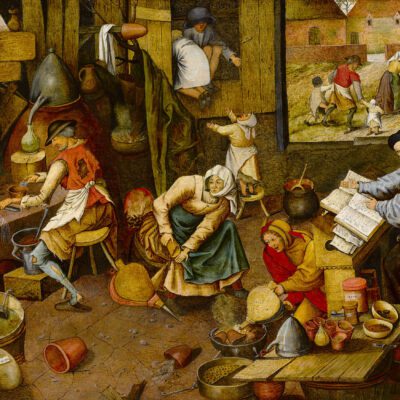
During the 15th-16thc. in Europe, many of the great occultists - Marsilio Ficino, Pica della Mirandola, Henry Cornelius Agrippa, and John Dee - flourished.
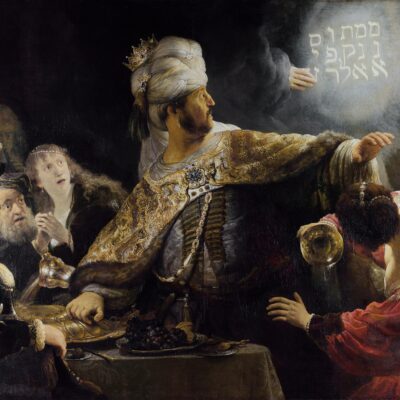
This article explores the history and practice of oil divination, a form of divination that uses oil drops on water or other liquids to reveal hidden knowledge or divine messages.
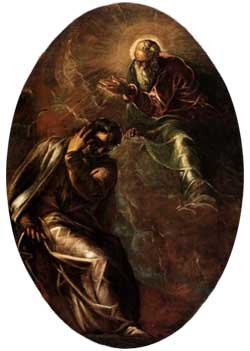
Kabbalists believed that there is a gap between how mankind can understand God and what God actually is. This unknowable aspect of God is called Ein-Sof.
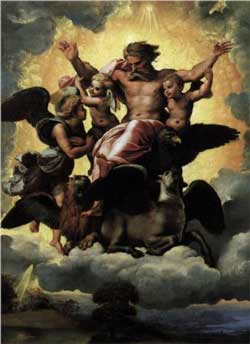
Mysticism is not new to Judaism. It dates back at least to the 6th century BCE with Ezekiel’s visions of the divine chariot (called merkavah mysticism) in Isaiah. In the year of King Uzziah’s death I saw the Lord sitting on a throne, lofty and exalted, with the train of His robe filling the temple. …
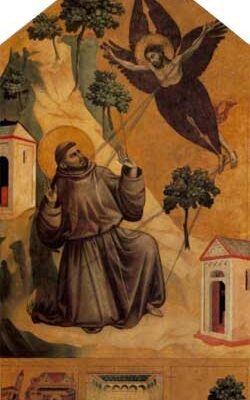
When a voice told Francis to go and "repair my house," he started a new Order devoted to a life of poverty.
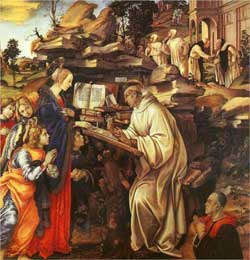
Another popular mystic of the 12th century, Bernard was born in 1090 and entered the monastery of Citeaux to escape the corruption of the world.
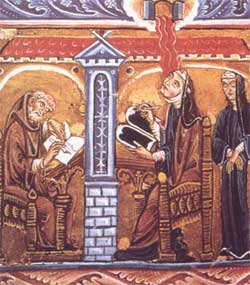
At a time when very few woman were literate and held status, Hildegard wrote over 300 letters and was widely respected for her mystical visions, medical knowledge, and musical compositions.
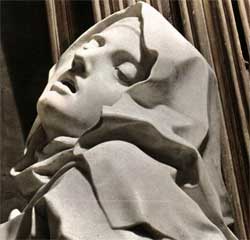
Mysticism is difficult to define, largely because it encompasses so many different practices and beliefs - from Catholicism to Kabbalah.
Subscribe to our weekly newsletter below to get new articles and updates!
